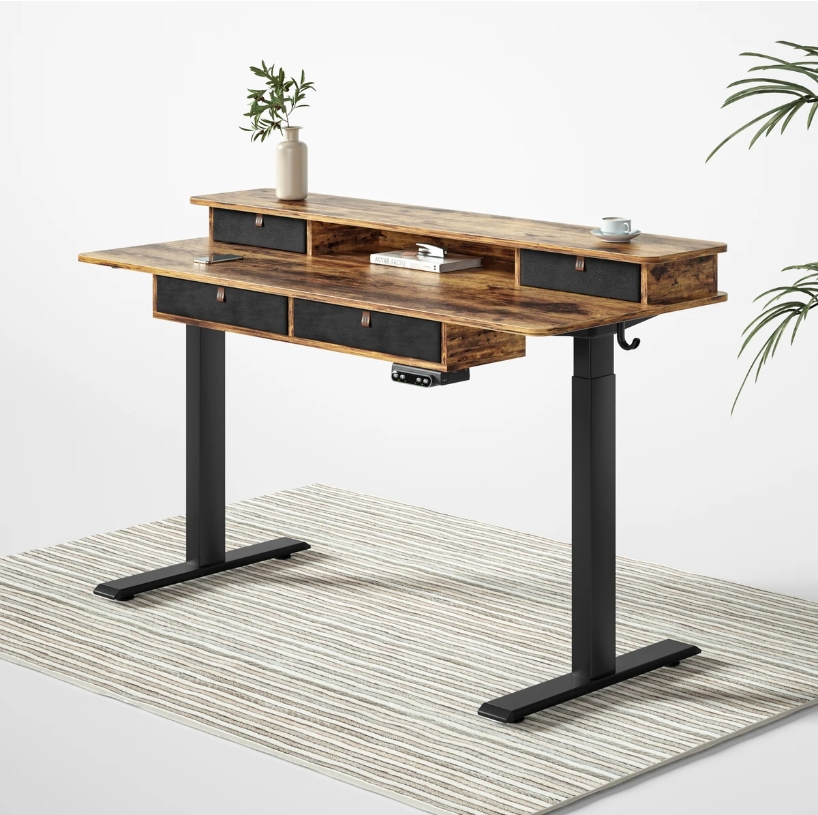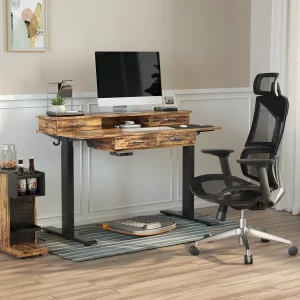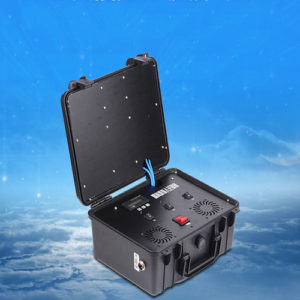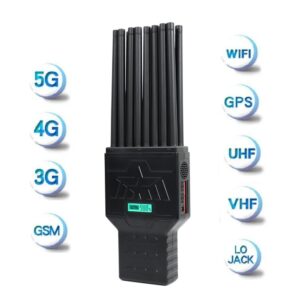Description
standing desk small are great for switching up your work routine and keeping your body moving throughout the day. They can help reduce the strain of sitting for long hours and might even boost productivity. Have you been considering getting one?
standing desk with drawers are workstations designed to allow users to work comfortably while standing up. They typically come in various shapes and sizes, offering adjustable heights to accommodate different individuals’ preferences. These desks are gaining popularity due to the potential health benefits they offer, such as reducing sedentary behavior, minimizing back and neck pain, and improving posture.
Some standing gaming desk are adjustable, allowing users to switch between sitting and standing positions throughout the day. This adaptability promotes movement and can enhance productivity and focus. Others are fixed at standing height, catering specifically to those who prefer to work while standing.
standing computer desk often come with accessories like anti-fatigue mats or ergonomic footrests to make standing more comfortable. Some even have built-in features like adjustable keyboard trays and monitor arms to optimize ergonomics.
People who use standing desks usually find that alternating between sitting and standing helps alleviate discomfort and promotes a healthier work style. However, it’s essential to ease into standing gradually and listen to your body to find a balance that works best for you.
ergonomic office chair is good.
A stand-up desk, also known as a standing desk, is a workstation designed to be used while standing rather than sitting. It’s a flexible solution that allows individuals to alternate between sitting and standing positions during their workday. The primary goal of a stand-up desk is to promote a more active and ergonomic work environment.
These desks come in various styles, ranging from fixed-height desks specifically for standing to adjustable desks that enable users to switch between sitting and standing positions. They are becoming increasingly popular due to the potential health benefits associated with reducing prolonged sitting, such as improved posture, increased energy levels, reduced risk of certain health issues like obesity and cardiovascular disease, and decreased back and neck pain.
Stand-up desks can be standalone furniture pieces or converters that can be placed on top of existing traditional desks, making them more accessible and adaptable to different office setups. Some models may include additional features like adjustable height settings, ergonomic accessories, cable management systems, and various customization options to suit individual preferences.
The idea behind stand-up desks is not necessarily to stand all day but to encourage movement and provide flexibility in working positions, allowing users to find a balance that works best for their comfort and productivity. This shift toward standing desks reflects a growing awareness of the importance of incorporating movement into sedentary work routines for overall health and well-being.
best standing desk come in various types to suit different preferences and needs. Here are a few common types:
Fixed Height Standing Desks:
These desks are at a set standing height and cannot be adjusted. They’re suitable for individuals who are comfortable working at a specific height and don’t need the flexibility to switch between sitting and standing.
Adjustable stand up desk:
These desks have a mechanism that allows users to adjust the desk’s height, typically using electric motors, cranks, or pneumatic lifts. They offer flexibility, enabling users to switch between sitting and standing positions throughout the day.
Converter/Attachment height adjustable desk:
These are platforms or attachments that can be placed on top of a regular desk to convert it into a standing desk. They’re a more cost-effective option for those who already have a desk setup they like but want the option to stand while working.
Portable Standing Desks: These are lightweight and often foldable desks that can be easily moved or carried around. They are convenient for people who want the flexibility to work while standing in different locations.
Treadmill electric desk:
These combine a standing desk with a treadmill, allowing users to walk slowly while working. They’re designed to promote movement and combat sedentary behavior.
Manual standing l shaped desk:
These desks require manual adjustments, such as using hand cranks, to change their height. While less common, they offer an adjustable standing option without the need for electricity.
Each type of standing desk has its pros and cons, depending on factors like budget, available space, and the user’s specific requirements. Finding the right type involves considering these factors and understanding how you prefer to work and move throughout the day.
Standing desks come in various materials for their desktop surfaces, each with its own advantages and aesthetics. Here are some common materials used for standing desk surfaces:
Wood:
Wood is a popular choice for standing desks due to its durability, natural appearance, and versatility in design. Hardwoods like oak, maple, walnut, or bamboo are often used. They can provide a classic, warm look to your workspace.
Laminate:
Laminate surfaces are manufactured by fusing layers of materials, usually paper and resin, under high heat and pressure. They are durable, easy to clean, and come in a wide range of colors and finishes.
Glass:
Glass desktops offer a sleek, modern appearance and are easy to clean. They can add an elegant touch to your workspace. However, they might require more maintenance to keep them free from smudges and fingerprints.
Steel/ Metal:
Some standing desks feature steel or metal surfaces, which are highly durable and sturdy. They provide a more industrial or contemporary look to the desk and are often paired with other materials for a mixed aesthetic.
Plastic/ Acrylic:
Plastic or acrylic surfaces are lightweight and can come in various colors and styles. They are easy to maintain but might scratch more easily compared to other materials.
When choosing a desktop material for your standing desk, consider factors such as durability, aesthetics, ease of maintenance, and how well it fits with your workspace’s overall style and functionality. Additionally, some materials might affect the overall weight of the desk, so it’s essential to consider the desk’s stability and your workspace requirements.









